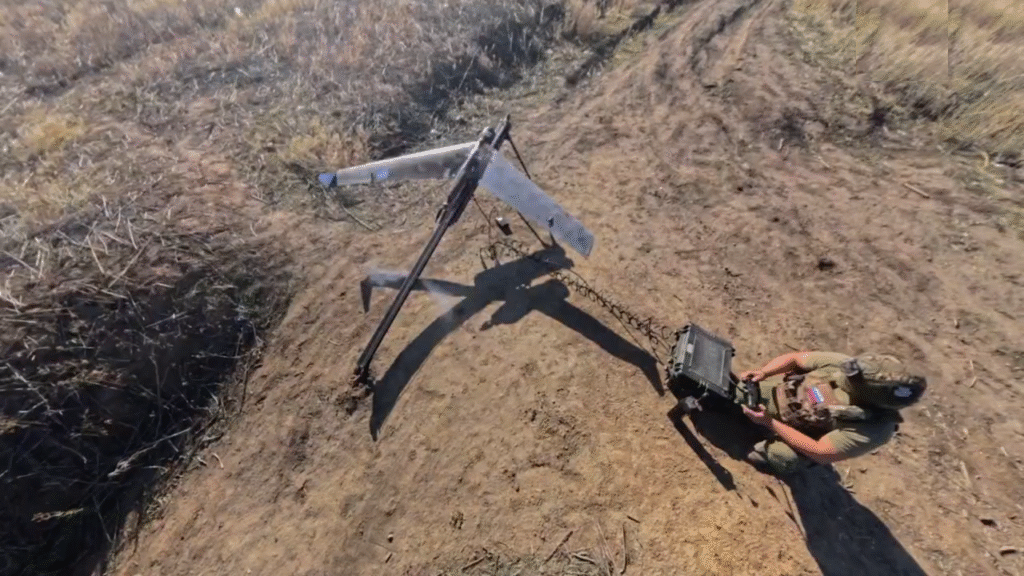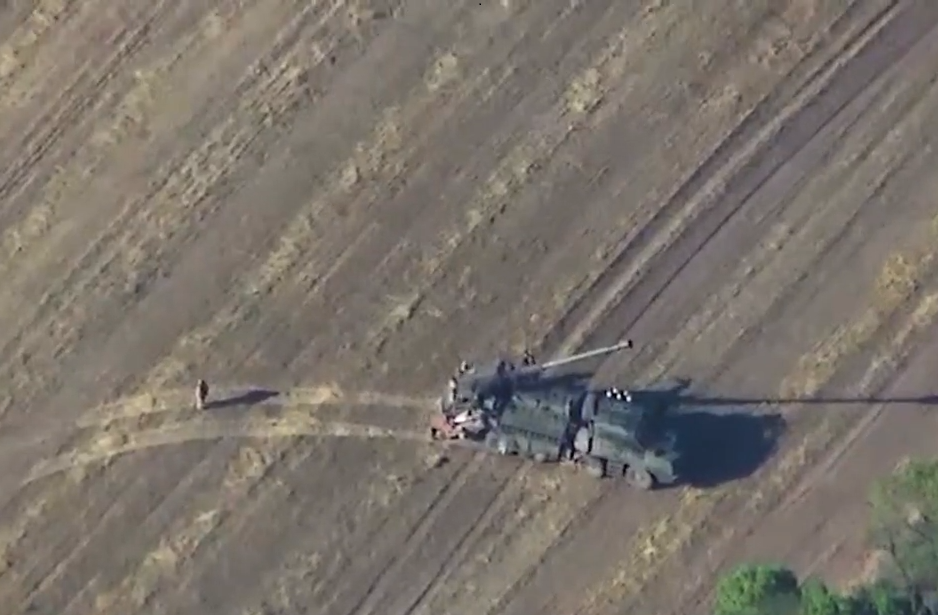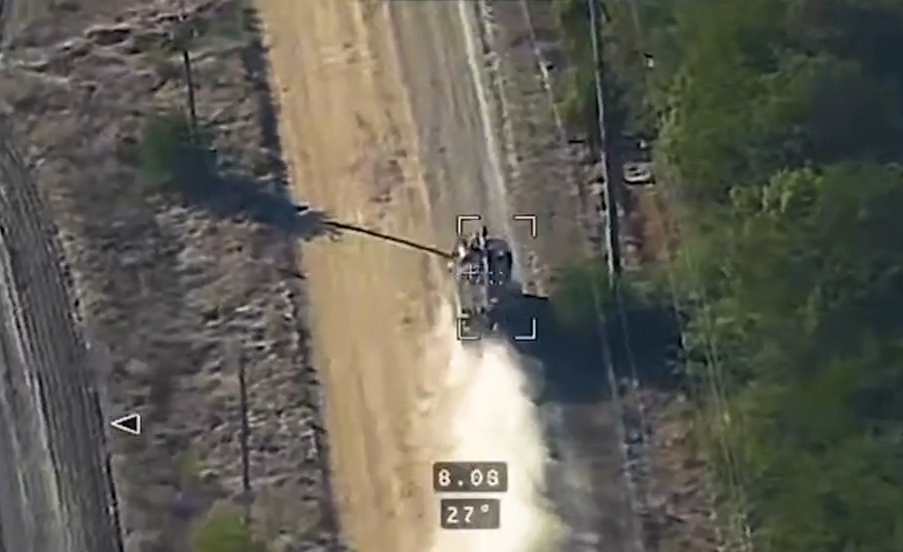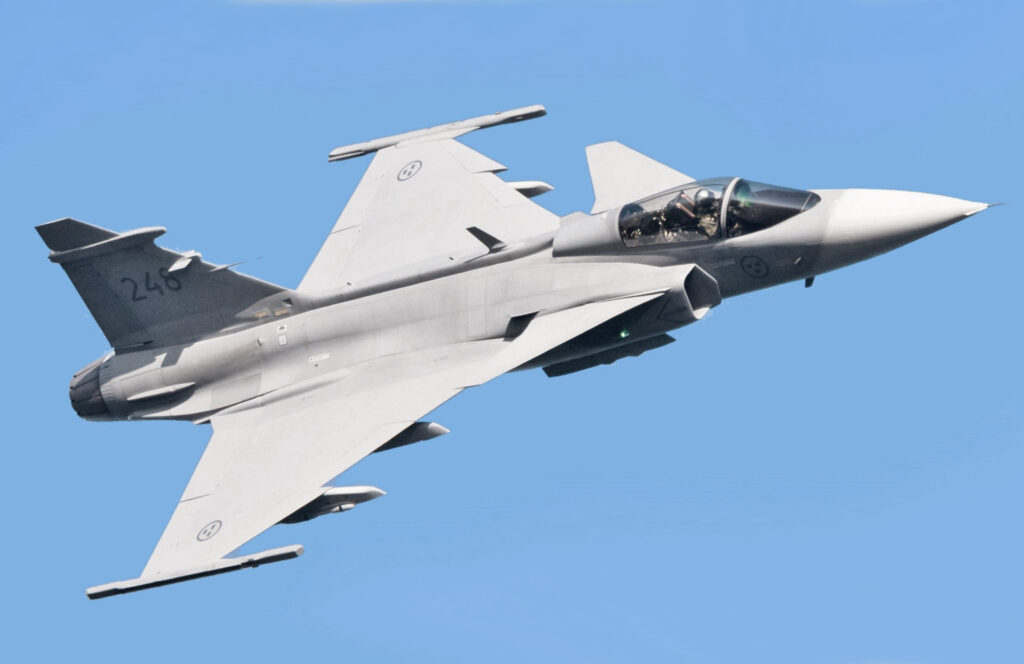On the modern battlefield, drones are transforming how counter-battery operations are executed. A recent incident highlights this shift, where Russian soldiers successfully destroyed a Ukrainian 2S22 Bogdana self-propelled artillery gun mounted on a Tatra chassis. This operation demonstrates the synergy of reconnaissance drones and loitering munitions in neutralizing high-value targets.
The Target: 2S22 Bogdana Artillery Gun
The 2S22 Bogdana is a Ukrainian-made 155mm self-propelled artillery system built on a Tatra truck chassis. Designed for mobility and range, it can strike targets up to 40 kilometers away with standard rounds and even farther with specialized ammunition. Its shoot-and-scoot capability allows it to fire quickly and relocate before enemy counter-battery fire arrives, making it a difficult target to neutralize.
The Reconnaissance Phase
The operation began with the launch of a reconnaissance drone tasked with scanning the area for movement. Unlike traditional radar-based tracking systems, drones provide real-time visual intelligence, enabling operators to detect artillery on the move. In this case, the Bogdana was spotted relocating to its firing position, a crucial moment when the system is exposed and vulnerable.

Tracking and Target Acquisition
The reconnaissance drone continued monitoring the Bogdana as it moved toward its destination. Once the artillery piece halted and prepared to fire on Russian positions, the operators acted quickly. This real-time surveillance ensured that the target was not only identified but also continuously tracked, preventing it from disappearing into cover.


The Lancet Kamikaze Drone Strike
With the target locked, a Lancet loitering munition was launched. This drone, recognizable by its X-shaped design, carries an optical guidance system located in its nose section. The “optical ball” allows operators to make mid-flight corrections, ensuring precision even against mobile or partially concealed targets.
The Lancet, with a range of around 50 kilometers, closed in on the Bogdana and struck it directly, destroying the artillery gun before it could fire. This strike highlights the effectiveness of kamikaze drones in eliminating assets that once required large-scale artillery barrages to neutralize

Evolution of Counter-Battery Tactics
Traditionally, counter-battery fire relied heavily on artillery units detecting enemy guns through radar tracking systems. Once located, return fire would be launched in an attempt to suppress or destroy the hostile battery. However, this method was not always precise, required more time, and risked counter-strikes.
Now, drones have simplified the process:
- Reconnaissance drones provide instant situational awareness.
- Loitering munitions like the Lancet deliver direct, accurate strikes.
- Counter-battery missions can be performed faster and deeper inside enemy lines without exposing artillery units to retaliation.
The destruction of the 2S22 Bogdana by a Lancet drone illustrates the changing face of modern warfare. Drones are no longer just tools for surveillance but decisive weapons that combine reconnaissance, tracking, and precision strike capabilities. What once required radar detection and heavy artillery fire can now be achieved by a single drone mission, reshaping the balance between artillery and counter-artillery operations on the battlefield.


